IPT Problems 2024
Click here to download the IPT 2024 Problem list in PDF format.
Click here to for the mobile-friendly PDF.
If you have any questions about the list, or if you feel that some problems need clarification, please write to us using the contact form. We will publish your questions and our answers below each problem.
Release date: Sept. 7th, 2023.
Last revision: Sept. 7th, 2023.
All the problems, to stimulate a good discussion, have been formulated as open physics questions. That’s why the statement is never too stringent and it is assumed that every phenomenon will be studied both theoretically and experimentally (when possible) with dependence on all the most relevant parameters. More than that, there is not any general understanding of the task condition. If your interpretation of a certain problem condition corresponds to the written one and is interesting enough and your investigation is challenging and broad – the jury members will most likely award you with nice marks. Surely, your team is not expected to spend years on every problem. So you should carefully consider your time budget and choose the most important and interesting parameters to study together with doing your best on both the theoretical model and experimental confirmation.
This year, we are trialling the mapping of the IPT problems to the United Nations’ Sustainable Development Goals. We hope it will help our participants to realise and to justify the impact of their work on the IPT problems, and emphasise the continuous commitment of the IPT to education and innovation. See the SDG icons near each problem for the mapping details.
- Galton board

Dropping a set of beads on a board with evenly distributed pegs results in a binomial distribution. Is it possible to generate other kinds of distributions by varying some parameters (pegs size, pegs distribution, bead format, etc.)? Is it possible to achieve a distribution that does not obey the central limit theorem in an i.i.d. scenario? What happens to the distribution when one makes the board vibrate?
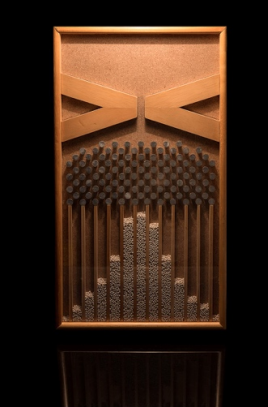
- Jumpy hoop
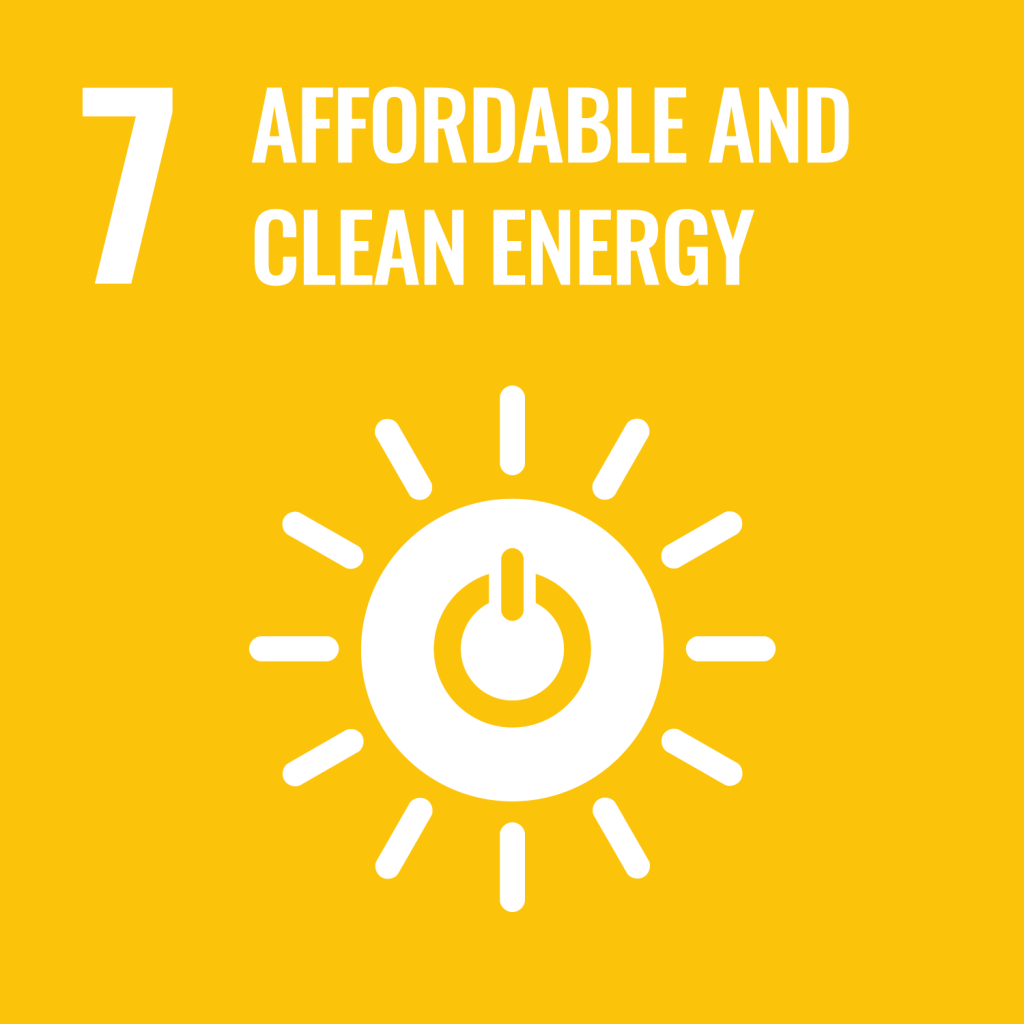
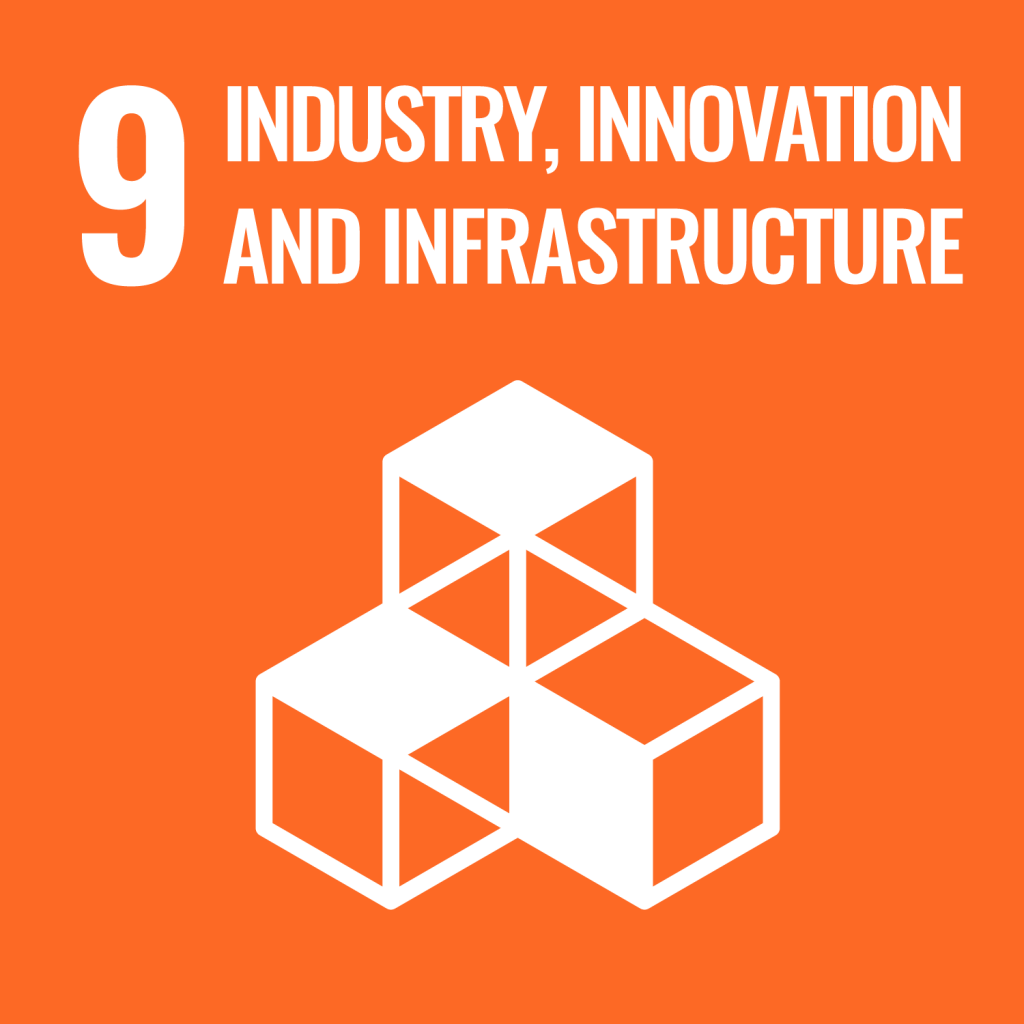
Given enough angular momentum, a hoop with a mass attached to it may demonstrate a jumping motion when it is rolling. Explain the phenomenon and how it depends on the relevant parameters. Is it possible to reproduce this behavior with any unbalanced mass distribution on a wheel? What happens when one changes the profile of the ground? Can you add a mechanical contraption (that will not touch the ground) to the hoop to increase the maximal height of the jump?
- Solenoid resonance


Consider a helicoidal spring hanging vertically with a mass attached to it as a solenoid. If one lets current flow through the spring, it creates a magnetic field. How can one influence the motion of the spring by changing this current? What happens if we put this system in an RLC circuit (where L is our spring) with AC current? What kind of resonant phenomena and energy transfer between the mechanical and electromagnetic modes can be achieved?
- Alcohol sound check

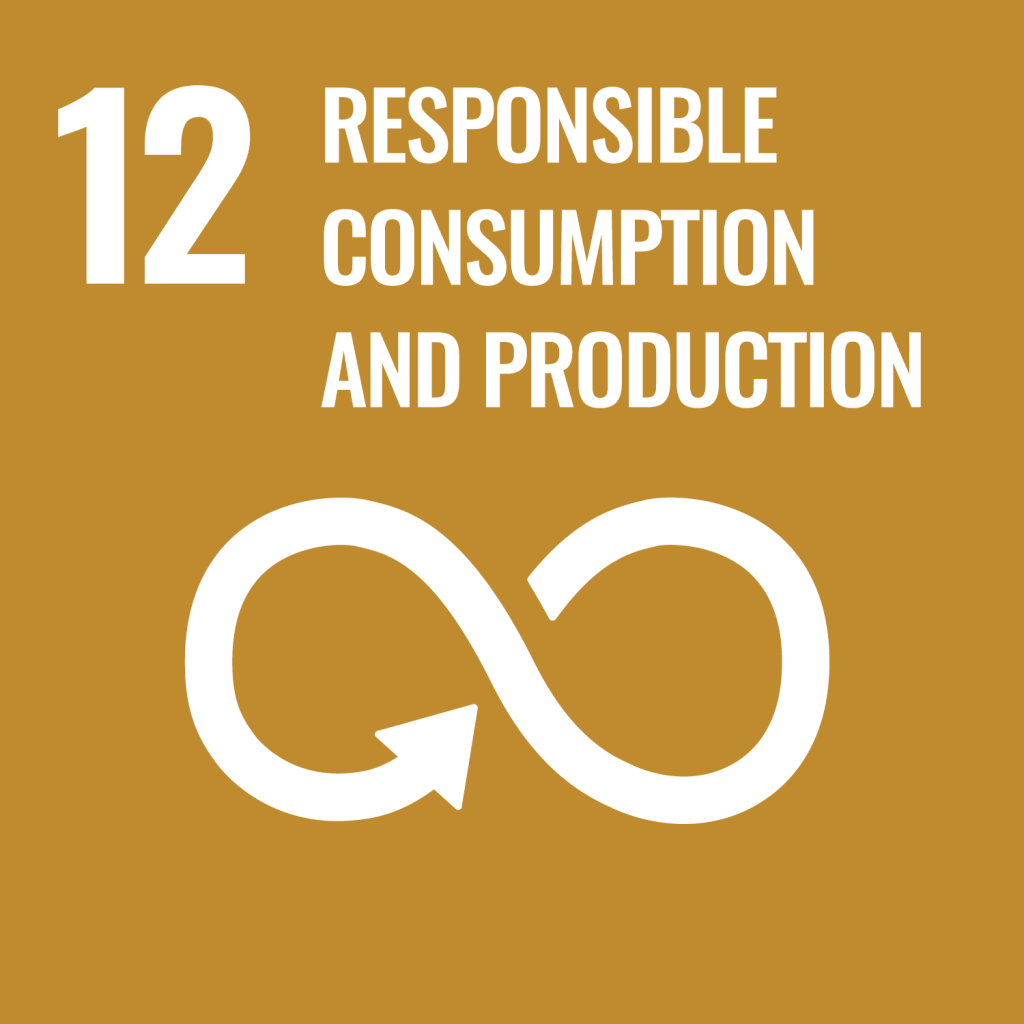
Some distilleries in Brazil praise their product’s quality by the distinct sound it makes when the bottle is hit after being quickly turned upside down. Investigate the phenomenon. Why does the effect not work with alcoholic carbonated drinks? What other liquids will maintain this “damping” effect for longer?
- PVC cement droplets



PVC cement is a material used in plumbing to solder PVC pipes together. PVC cement droplets have been observed to spin when dropped in water. Explain the physical mechanisms that cause the peculiar motion of the droplets. Study how the shape of the droplets impacts their rotation. Can you create droplets that propel across the water instead of rotating? Maximize their rotational and translational motion.
- Salty shapes
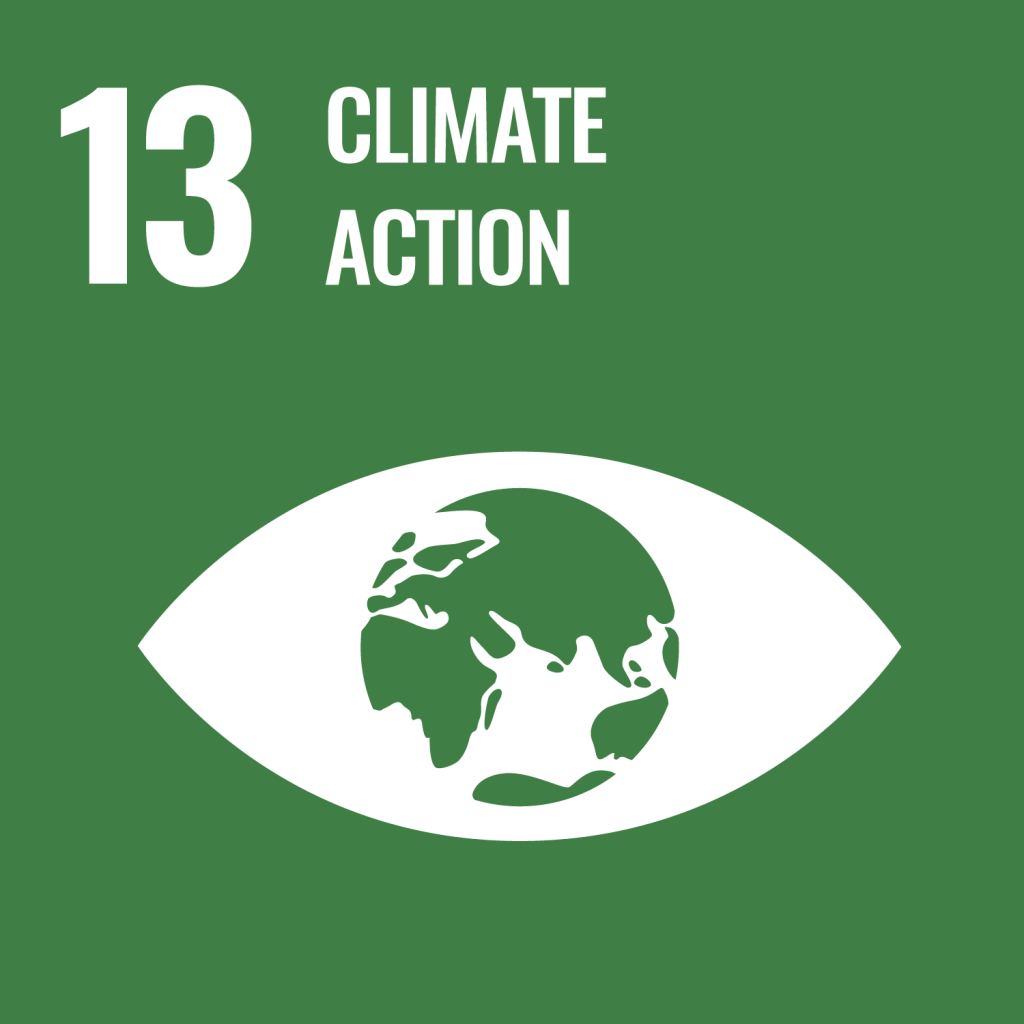
In some deserts, such as Death Valley, one can see salt polygons that have formed through the evaporation of salty water (https://physics.aps.org/articles/v16/31). Investigate and explain the phenomenon. Reproduce the phenomenon in the lab. Which two dimensional pattern can one obtain in such an experiment? What is the size of the smallest polygon you can obtain?
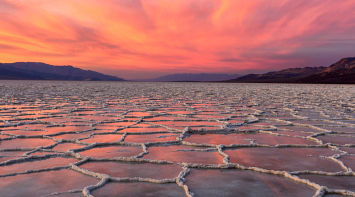
- Smart water
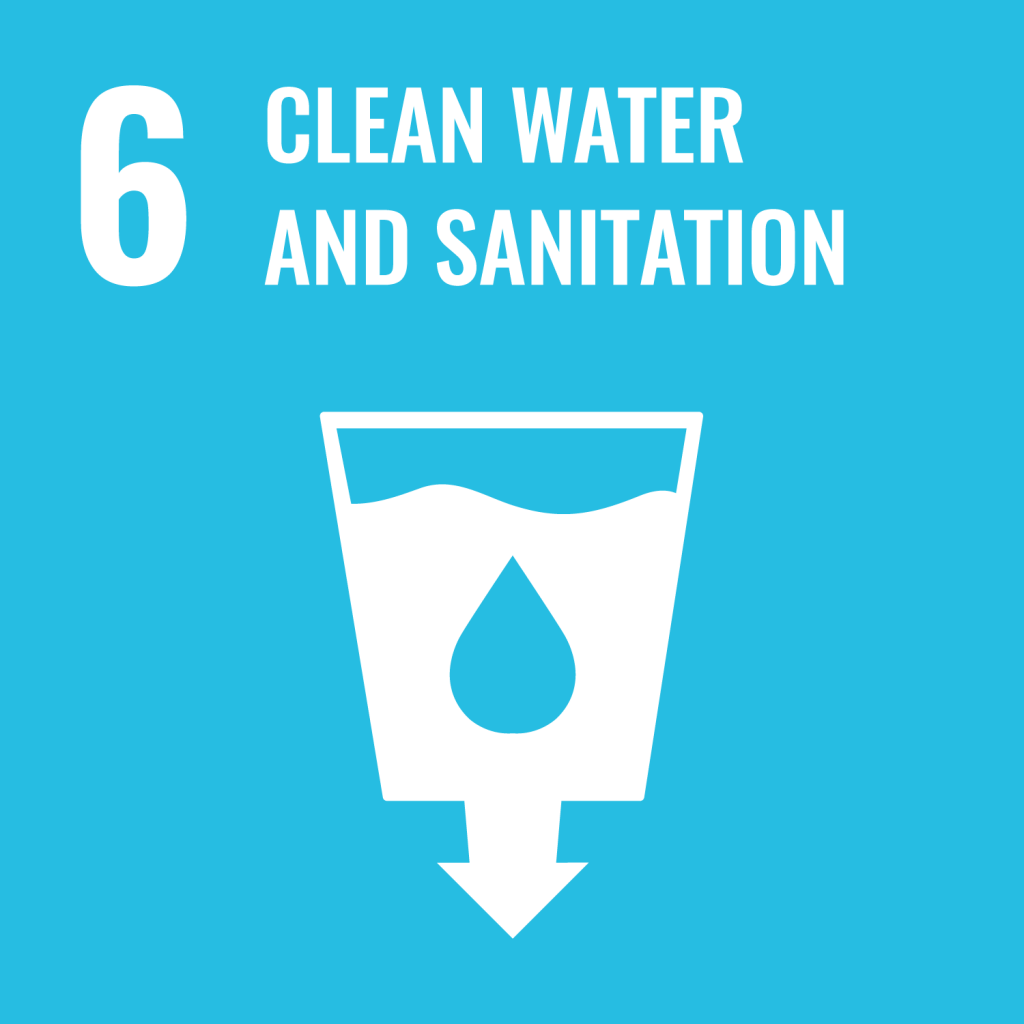


If you let water flow in a maze you end up with a physical maze-solving algorithm. Many other algorithms and computations can be done with physical systems. Create a water-based computer (without electronics) that solves an NP-hard problem.
- Peculiar echo
The combination of a clap and the massive pyramid (Chichen Itza, Mexico) gives rise to a mysterious sound called “Quetzal tail”, as shown in the video. Investigate the phenomenon, find the necessary conditions to create it, and reproduce it.
- The bright spot
There is a famous phenomenon in wave optics called the Arago-Poisson spot where a bright spot is created in the middle of the shadow of a spherical object when one shines coherent light on it. By shining the light on other types of solids (e.g. cubes, cylinders, etc.) one gets different patterns to appear in the shadow of the object. What information about the geometry of a solid can be obtained by analyzing the pattern in its shadow?

- Bubbles under a wet glass

In the right conditions, if a wet glass is turned upside down and put on a flat (but not necessarily polished) surface, air bubbles start appearing in the bottom part of it. Reproduce and explain the phenomenon. Which parameters define the number of bubbles (and lines, in which they aggregate) and their lifetime? Can one make a complete circle of bubbles along the inner wall of the glass?
- The big bang
When a balloon explodes, it produces a short loud sound. Can you predict the geometry and internal pressure of the exploded balloon from the sound of the explosion? Do any external parameters affect the sound? - Pool vortex rings
A plate dragged through the surface of still water can produce two black circles on the bottom of the pool, which are the shadows of vortices on the surface (see the provided video). Analyzing a short video of the shadows at some point in time, can you predict how long the vortices will last?
- Egg fight
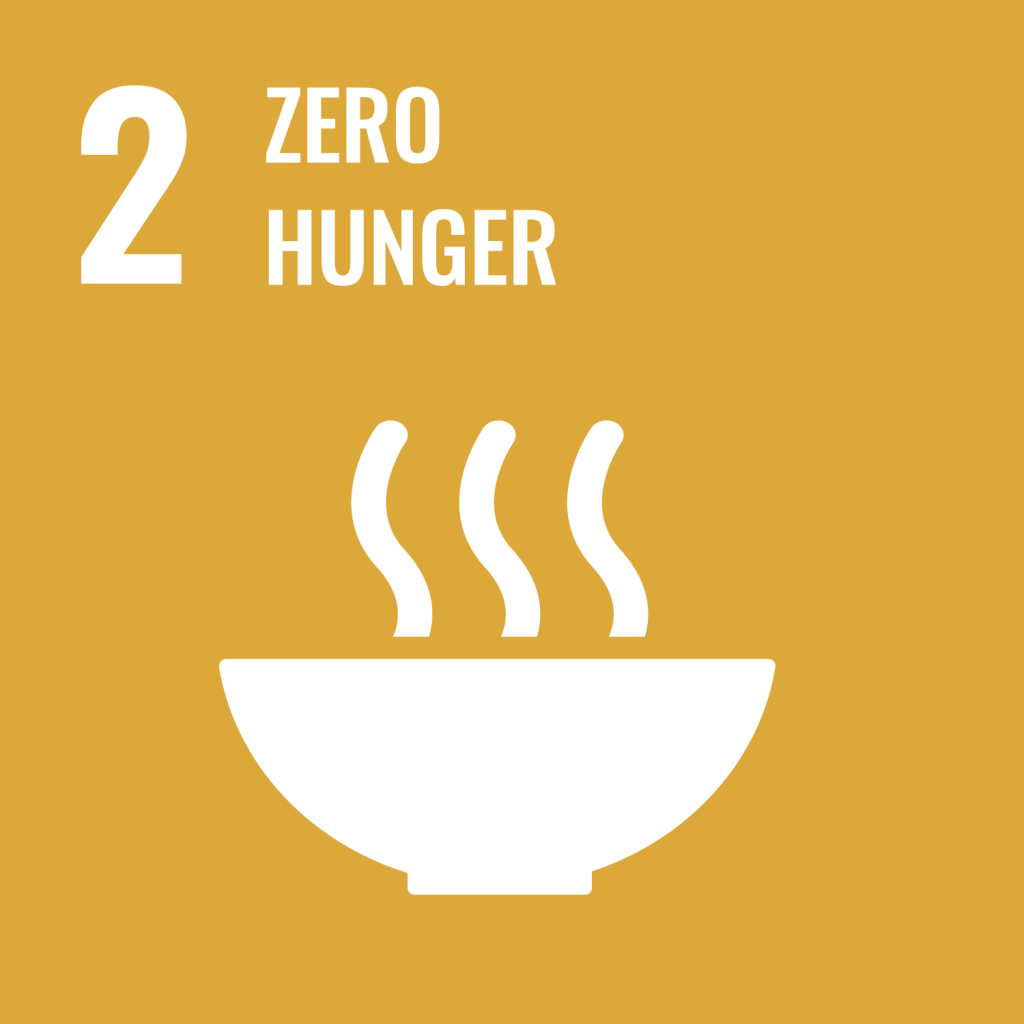
Egg tapping is a traditional game where two players hold a boiled egg. Each player hits the other player’s egg with their own, as shown in the video. The player whose egg has cracked loses the game. Devise a non-invasive method to predict the winning egg among the given two. Improve the prediction with invasive examination methods.

- Unrolling Tape
When unrolling a roll of adhesive tape, a loud sound can be produced. Explain the physics of the sound emission. Find ways to maximize and minimize the noise. - Anti-bubbles

Fill a container with water with decreased surface tension. Then drop a droplet of regular water into the container (very slowly). The droplet will create a so-called “anti-bubble”. Investigate the phenomenon. Maximize the size and lifetime of an anti-bubble. Are these quantities related?
- Pulsar bar
Construct a mechanical model of a pulsar using a magnet. What frequency do you expect your device to radiate at? At what angles around the model do you expect the radiation to be detectable? Propose a contraption to detect this radiation directly or indirectly. - Thermal snail


Make an autonomous device that makes use of thermal expansion to move due to daily temperature fluctuations. Your device should work in the shade and is not allowed to include any electronics or piezoelectric elements for transduction. Furthermore, you are not allowed to exploit any temperature difference between the device and the surface it is on. Maximize its speed for a fixed maximum linear dimension of 10 cm and your outdoor weather conditions (or equivalent laboratory conditions if the outside weather is not suited to the experiment).
Collecting suggestions for IPT 2025
If you have a problem in mind for the 2025, please let us know. You can view the previous problems below for a little inspiration!
As a guideline, the problems should have a degree of “open-endedness”, should not have a well-documented solution/published solution, should be safe, and should be something that most general physics departments can have access to or easily afford in the case experiments are to be carried out (strongly recommended!).
Archive

